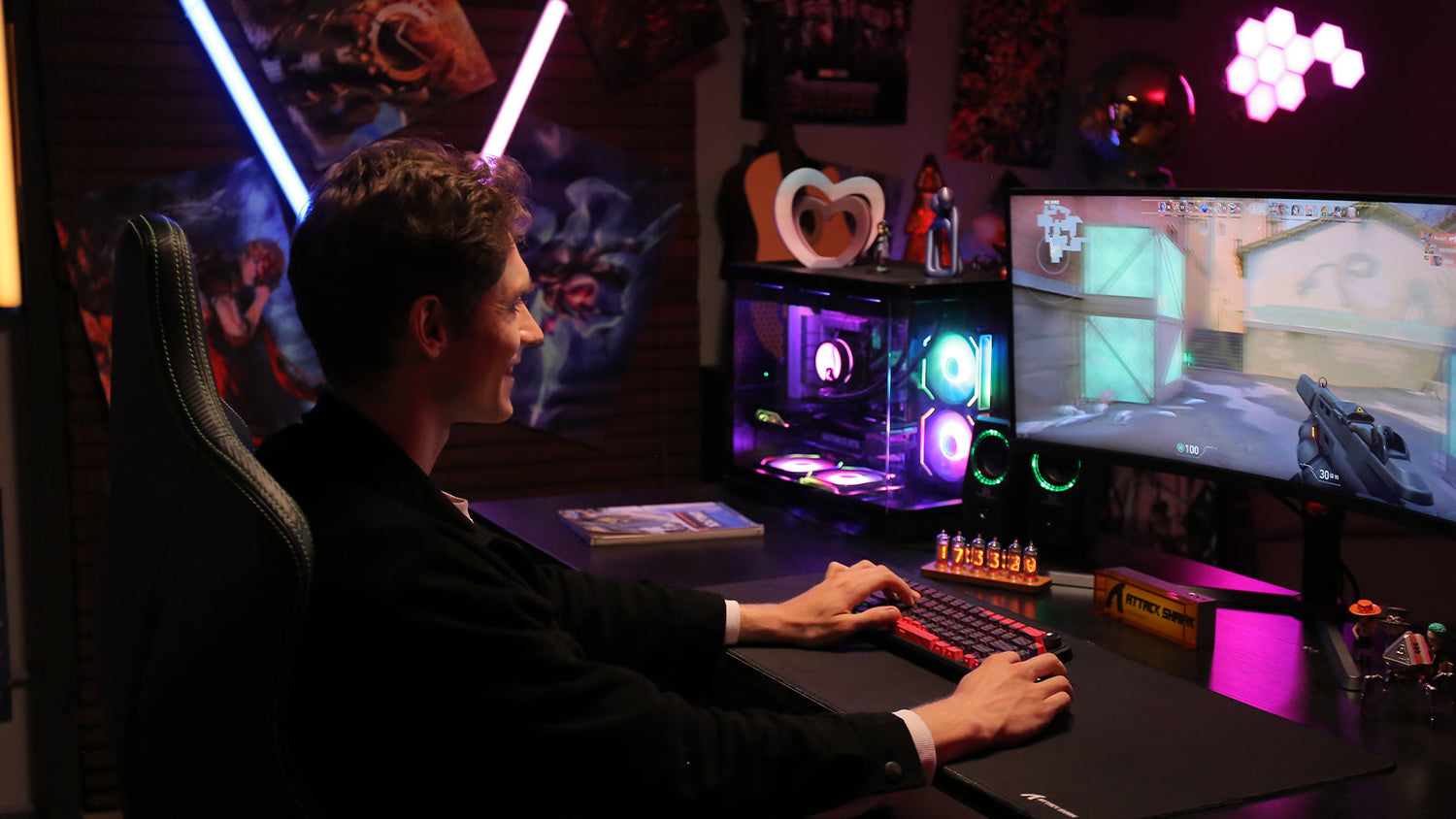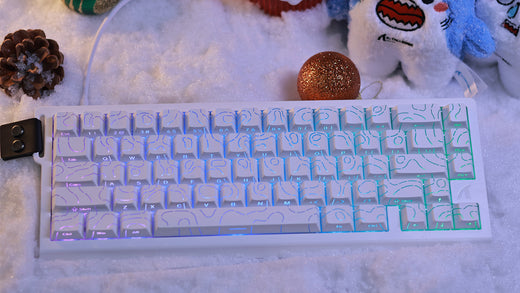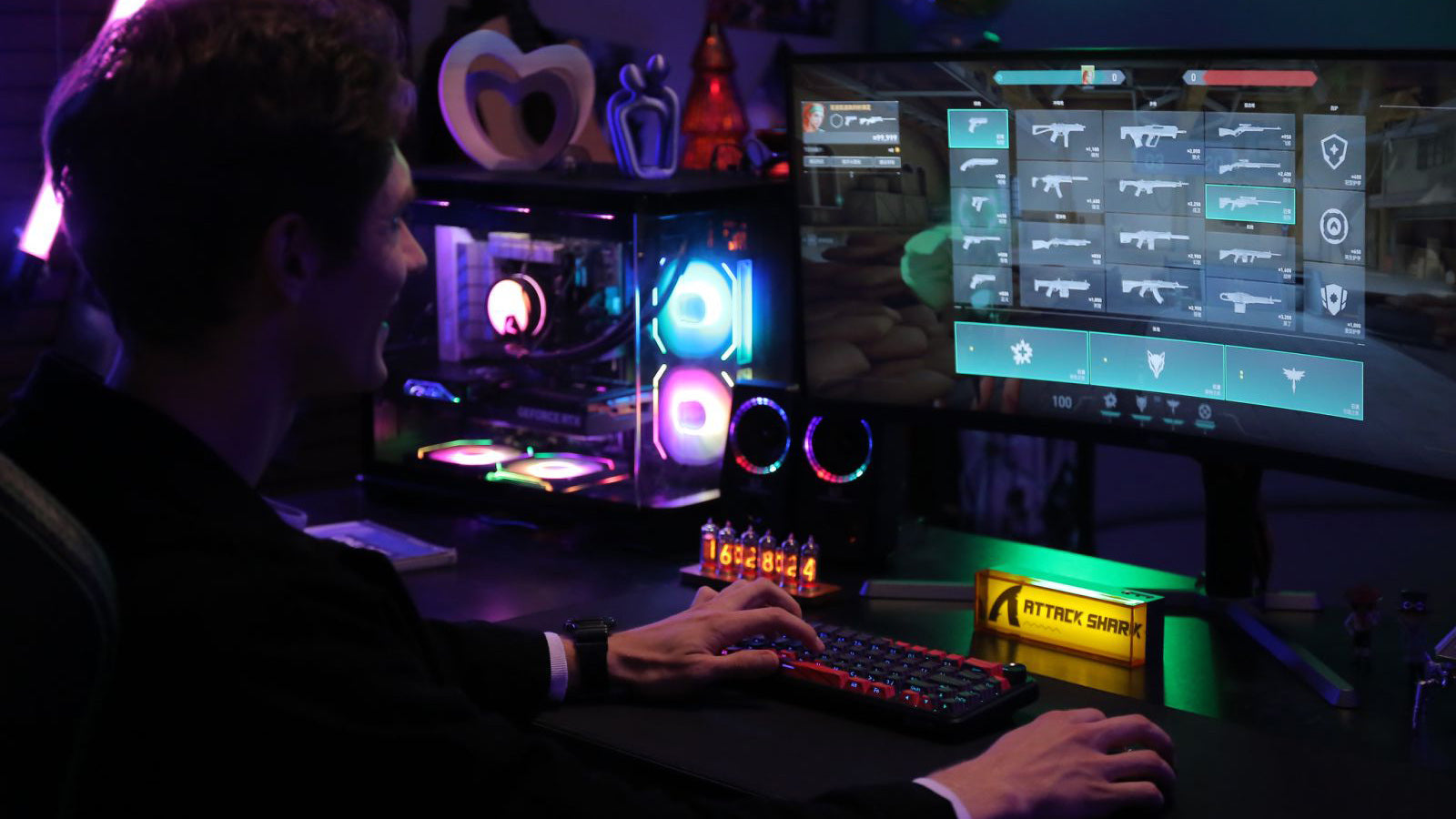Ever wanted to make your keyboard from a basic input tool a customized powerhouse? Customizing your keyboard offers chances to improve comfort, increase productivity, and convey your own style—not only for techies. Customizing provides something for everyone—from casual email typing to competitive edge-seeking to mechanical keyboard-loving programming optimization. Your keyboard might start to represent your job requirements and personality, from little changes to total overhauls.
Why Customize Your Keyboard?
Improving functionality can dramatically enhance typing efficiency—imagine creating macros that instantly execute complex commands or redesigning layouts to reduce hand strain. Ergonomic modifications can transform typing from a potentially painful experience into a comfortable journey.
Personal expression reaches new heights through custom keycaps, vibrant RGB lighting, and unique case designs. A keyboard becomes more than just a tool; it becomes an extension of your personal brand. Moreover, customization offers practical benefits like extending your keyboard's lifespan. Instead of purchasing an entirely new device, you can replace individual components, saving money and reducing electronic waste.

What Are the Different Ways to Customize Your Keyboard?
1. Physical Customization
- Mechanical switches form the heart of keyboard performance. Linear switches deliver smooth keystrokes, perfect for gamers seeking rapid, uninterrupted input. Tactile switches provide a subtle bump during keypress, offering feedback without loud clicking—ideal for programmers and writers who appreciate nuanced typing experiences.
- Clicky switches stand out for users who love audible confirmation. Cherry MX Blue and Kailh Box White deliver pronounced sound and tactile responses, transforming keyboard interaction from mundane to engaging. Hot-swappable keyboards revolutionize customization, allowing users to experiment with switch types without advanced technical skills.
- Keycap selection dramatically influences keyboard feel and appearance. ABS keycaps offer affordability but develop a glossy shine over time, while PBT keycaps provide superior durability and texture. Different profile types like Cherry, OEM, and SA dramatically alter typing comfort and ergonomics.
- Keyboard case modifications enable complete visual reinvention. DIY enthusiasts can paint cases, apply custom decals, or use vinyl wraps to create unique designs.
- Stabilizers—critical for larger keys like spacebar—can be lubricated to reduce annoying rattling sounds, improving overall typing quality.
2. Software Customization
Key remapping unlocks incredible flexibility for different user needs. Programmers might reassign keys to create coding shortcuts, while gamers design complex input combinations. Advanced tools like SharpKeys and QMK firmware provide powerful customization options that transform keyboard functionality.
Macros mark a limit in terms of raising production. Users can condense multi-step operations into single keystrokes and automate tedious chores. With their easy-to-use macro creation interfaces, Razer Synapse and Logitech G Hub make complicated input schemes possible.
Alternative keyboards challenge conventional QWERTY layouts. Dvorak and Colemak's designs seek to maximize key location and minimize finger movement so enhancing typing speed. These designs provide possible ergonomic advantages for long-term users ready to make learning investments.
3. Aesthetic Customization
RGB illumination changes keyboards from tools with functionality to visual experiences. Create captivating wave patterns and reactive effects or match lighting to game music. Modern keyboards provide formerly unheard-of customizing, transforming input devices into personal statement pieces.
Matching or contrasting color-coiled cables improves desk appearance. Coordinated accessories, wrist rests, and well-chosen desk mats round out the personal keyboard habitat. Often created with complex designs, artisan keycaps are small pieces of art showcasing personal ingenuity and taste.

Tools and Materials You'll Need for Customizing Your Keyboard
Essential customization tools include:
- Keycap puller
- Switch puller
- Precision screwdriver set
- Lubrication station
- Soft cleaning brush
- High-quality switch lubricant
Starting with hot-swappable keyboards will help beginners avoid difficult soldering. Comprehensive starting kits are available from online markets, including Amazon and specialist keyboard stores. Quality tool investments help to avoid possible damage during changes.
For direction, view instructional videos and join groups of keyboard enthusiasts. Many seasoned members willingly offer troubleshooting tips and insights.

How to Start Customizing Your Keyboard
Successful keyboard customization follows a strategic approach:
1. Identify your primary motivation—improved typing experience, aesthetic upgrade, or enhanced functionality. Research compatibility with your specific keyboard model. Start with straightforward modifications like keycap replacement or cable upgrades.
2. Gradually progress to more complex customizations. Experiment with switch types, understanding how different mechanisms affect typing feel. Lubricate stabilizers to reduce unwanted noise. Always test functionality after each modification.
3. Document your changes, noting improvements or unexpected challenges. Online forums and YouTube tutorials provide invaluable resources for troubleshooting and inspiration.
Patience is key. Customization is a journey of continuous learning and refinement.
Things to Consider When Customizing Keyboards
1. Not all keyboards support extensive modifications. Some mechanical keyboards welcome comprehensive alterations, while others resist even basic changes.
2. Budget considerations span a wide spectrum. Entry-level modifications like affordable keycap sets start around $20, while comprehensive custom builds can easily exceed $200. Enthusiasts should establish clear financial boundaries before diving into complex customization projects.
3. Time commitment differs greatly across various modification degrees. While complex switch lubrication could demand hours of painstaking, precise effort, simple aesthetic adjustments like keycap replacement could take just minutes. Often, specialized changes call for sophisticated technical knowledge and professional-grade tools.
4. Protection of warranties is still a major issue. Extensive customizing could breach manufacturer guarantees. Therefore, careful research is even more important. Knowing the limitations of your particular keyboard helps to avoid unanticipated losses and even equipment damage.
5. Customizing successfully takes a deliberate, gradual process. Start with little, low-risk changes to develop technical knowledge and confidence.
Popular Keyboard Customization Trends
Artisan keycaps have emerged as coveted collector's items, featuring intricate hand-sculpted designs that transcend traditional manufacturing techniques.
Sound modification has become a significant trend among enthusiasts. "Thocky" acoustic modifications aim to create deep, satisfying keypress sounds that enhance the typing experience. Audiophile keyboard lovers invest considerable time developing unique sound profiles, treating keyboard acoustics as an art form.
Compact keyboard layouts reflect growing minimalist design preferences. 60% and 65% keyboard designs demonstrate a shift towards space-efficient, aesthetically streamlined peripherals. These reduced-size keyboards appeal to users seeking clean, uncluttered workspaces and enhanced portability.
Silent typing builds have gained substantial popularity, particularly in noise-sensitive environments like shared offices or late-night workspaces. Enthusiasts develop specialized dampening techniques to minimize keyboard sound while maintaining exceptional typing quality.
How Can You Benefit from Customized Keyboards?
Customizing a keyboard yields both physical and psychological advantages. Improved typing speeds boost output and help to lower tiredness. Customized macro configurations help gamers to get competitive advantages.
One cannot stress the emotional gratification. A well made keyboard reflects individual style and commitment to craft, so bringing delight. Customizing itself starts to be a fulfilling activity that links users with a lively, enthusiastic community.
Better ergonomics help to avoid long-term repetitive strain injuries, thus customizing not only makes fun but also might help to preserve health.
Final Thoughts
Customizing a keyboard makes an everyday input tool a unique masterwork. The path provides something for everyone, whether your goals are creative expression, aesthetic enhancement, or performance improvement.
Start small, learn always, and enjoy the process. Your ideal keyboard is waiting, one modification at a time.
FAQ
How much does it cost to customize a keyboard?
Customization costs range from $20 for basic keycaps to $200+ for comprehensive mechanical keyboard builds.
How can I decorate my keyboard?
Use custom keycaps, RGB lighting, vinyl wraps, artisan keycaps, and coordinated accessories to personalize your keyboard.
What is keyboard modding?
Keyboard modding involves physically or digitally modifying keyboards to improve performance, appearance, or typing experience.
Can I paint my keyboard?
Yes, you can paint keyboards using spray paint, hydro dipping, or specialized keyboard painting techniques.
How do I get unique symbols on my keyboard?
Use custom keycap sets, Unicode character implementations, or advanced keyboard firmware like QMK for unique symbols.






Leave a comment
This site is protected by hCaptcha and the hCaptcha Privacy Policy and Terms of Service apply.